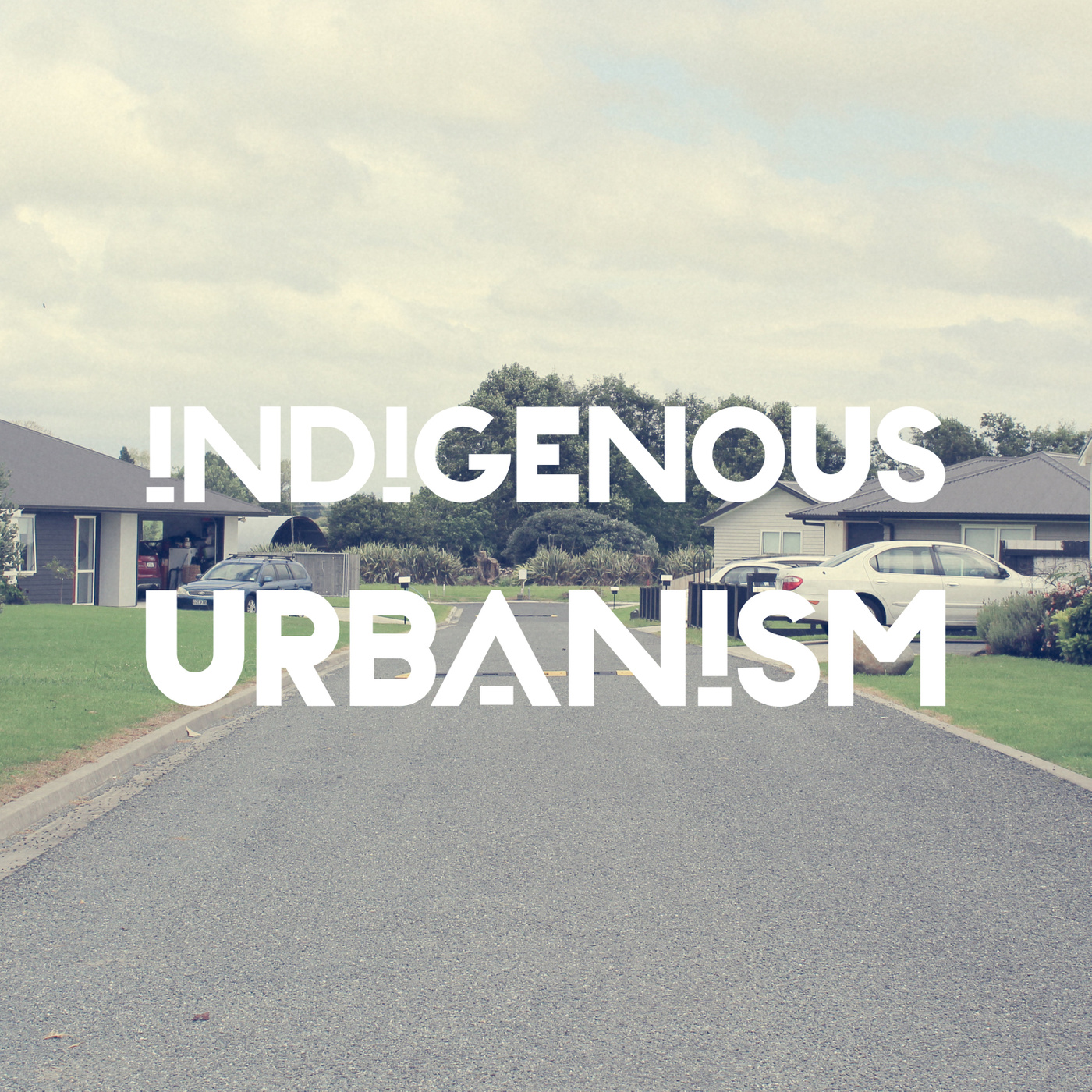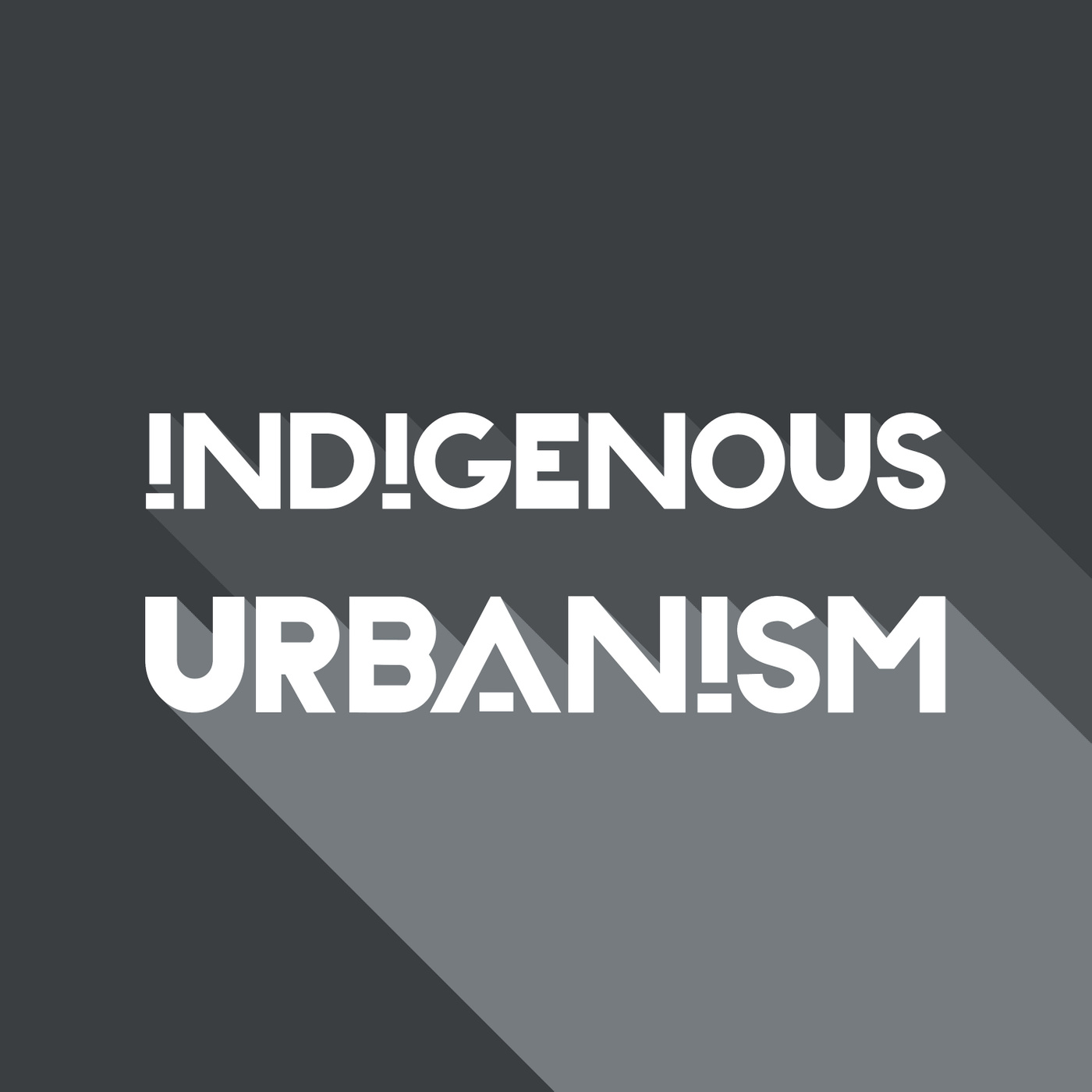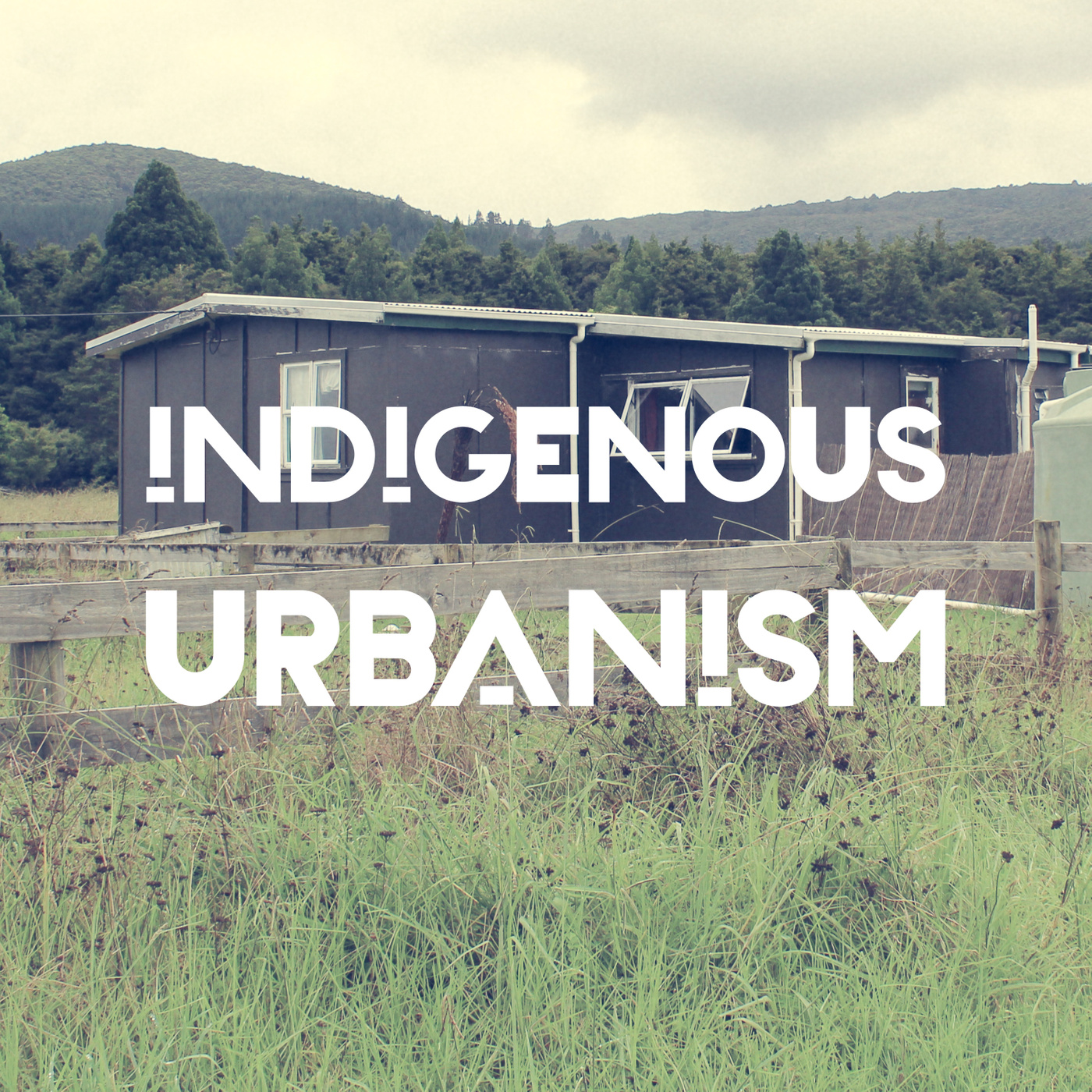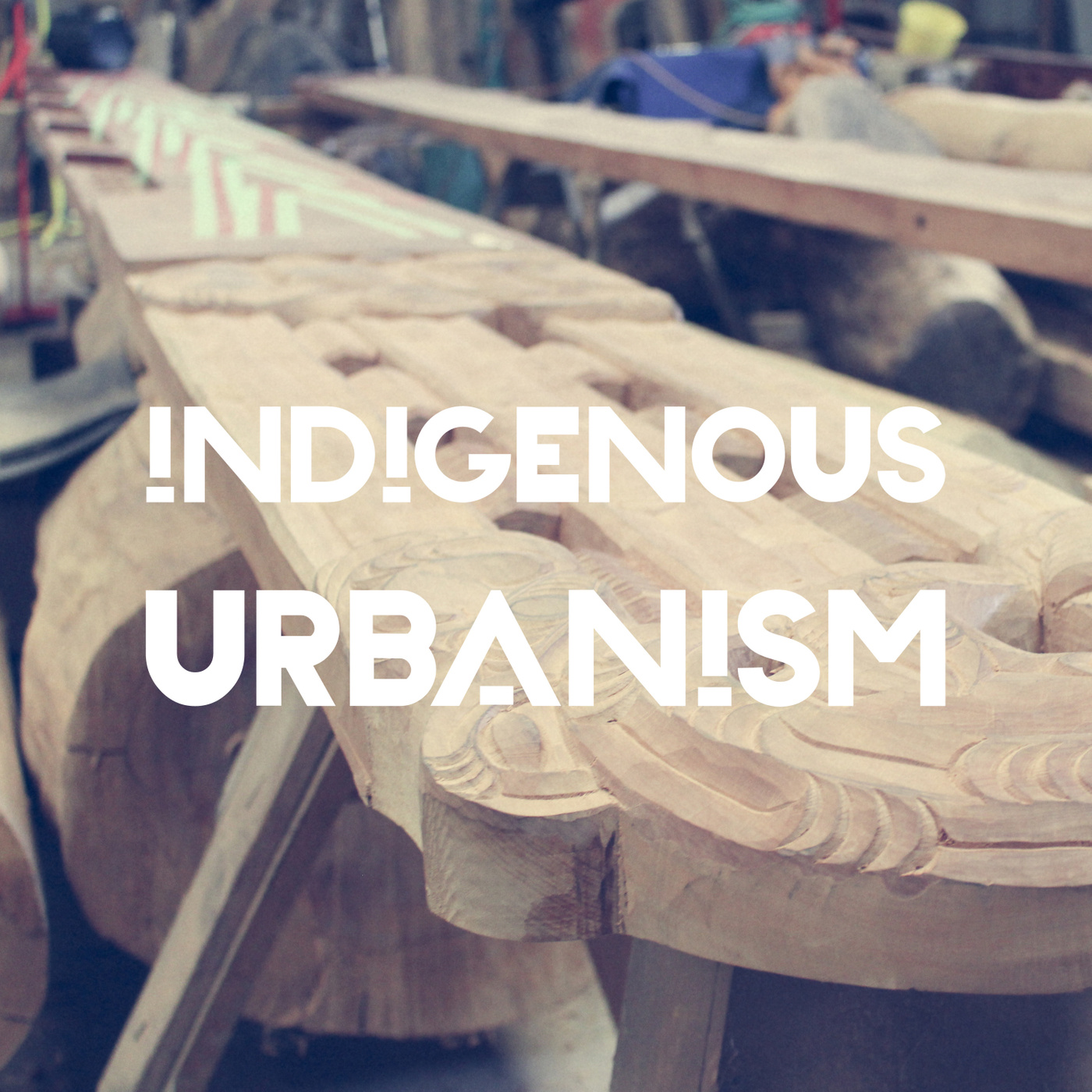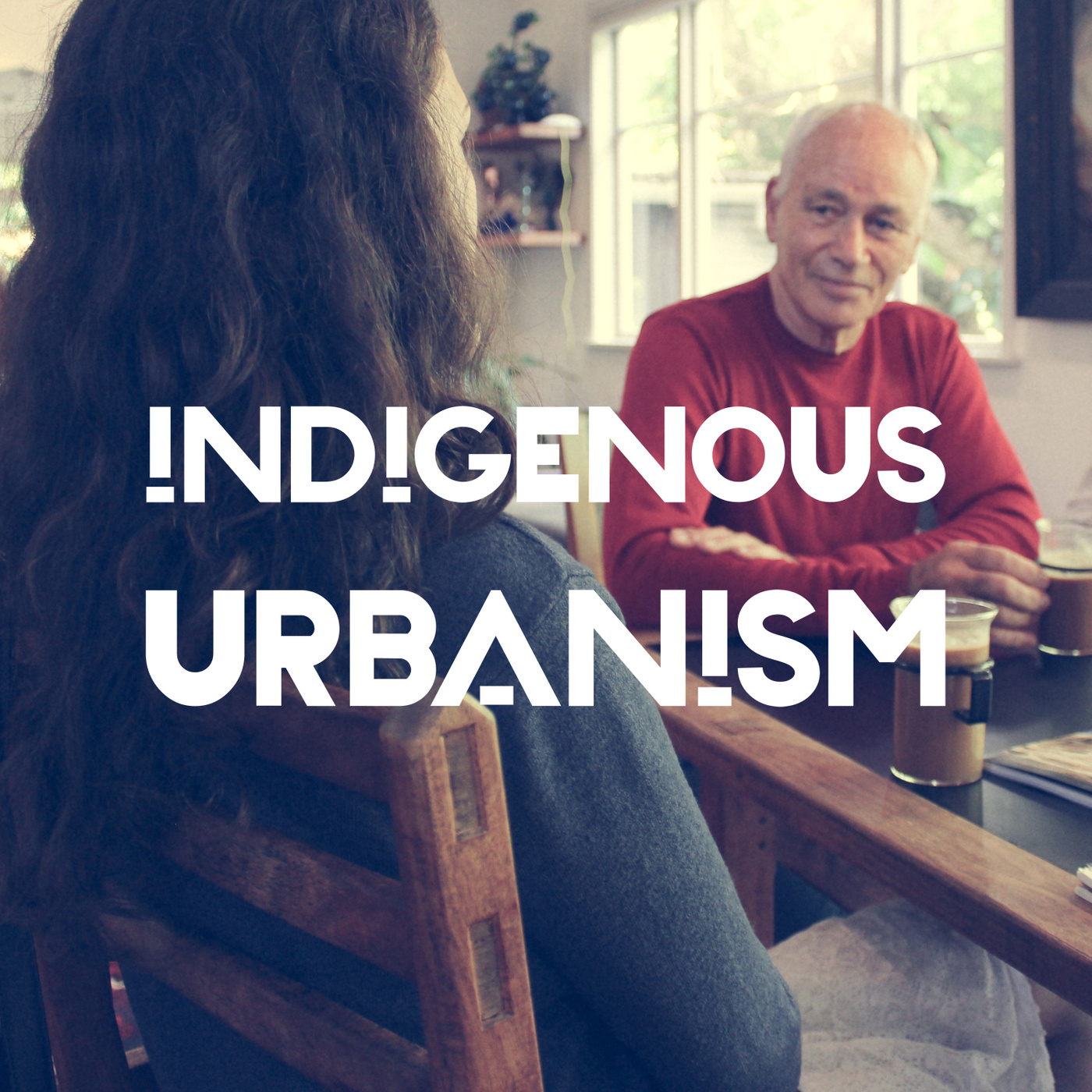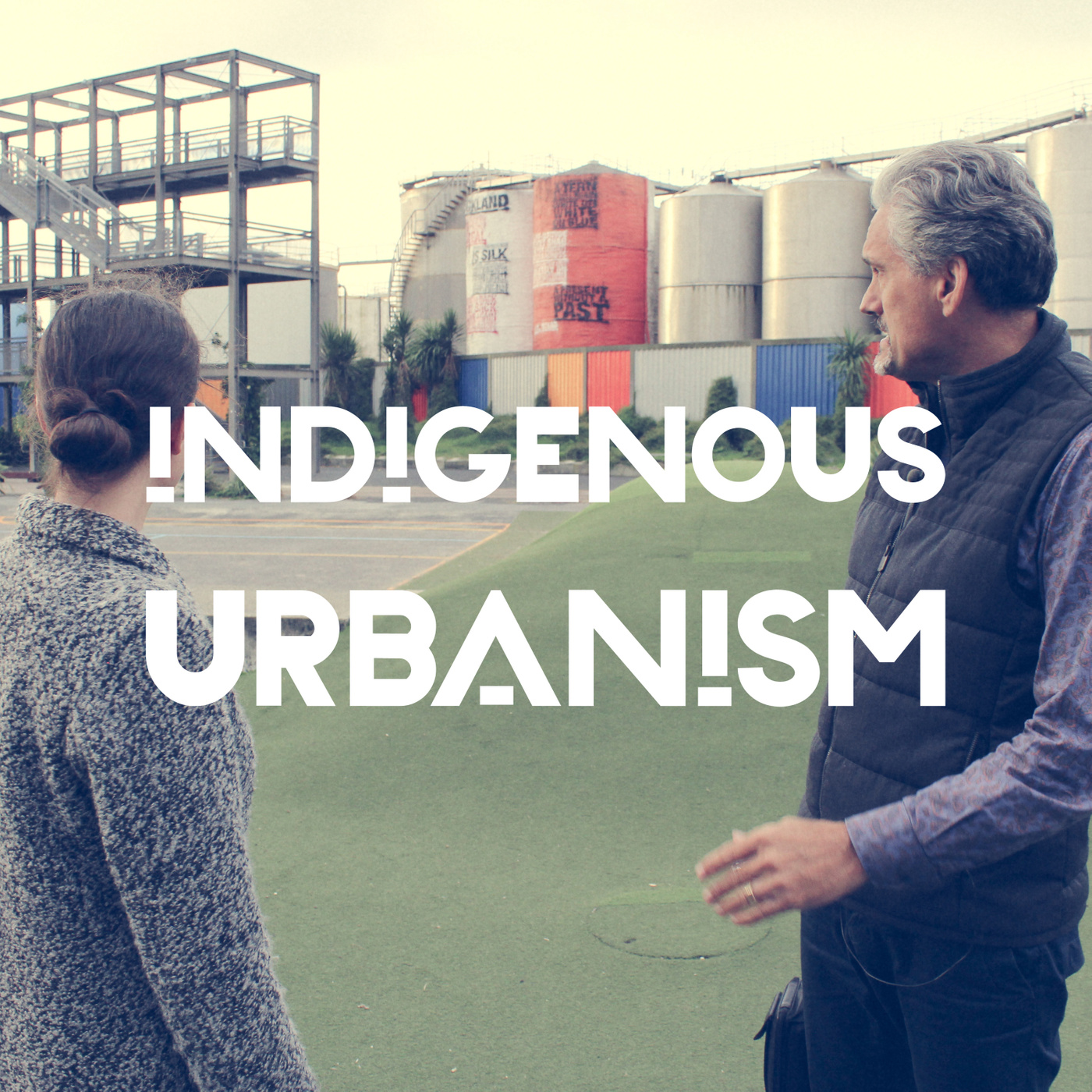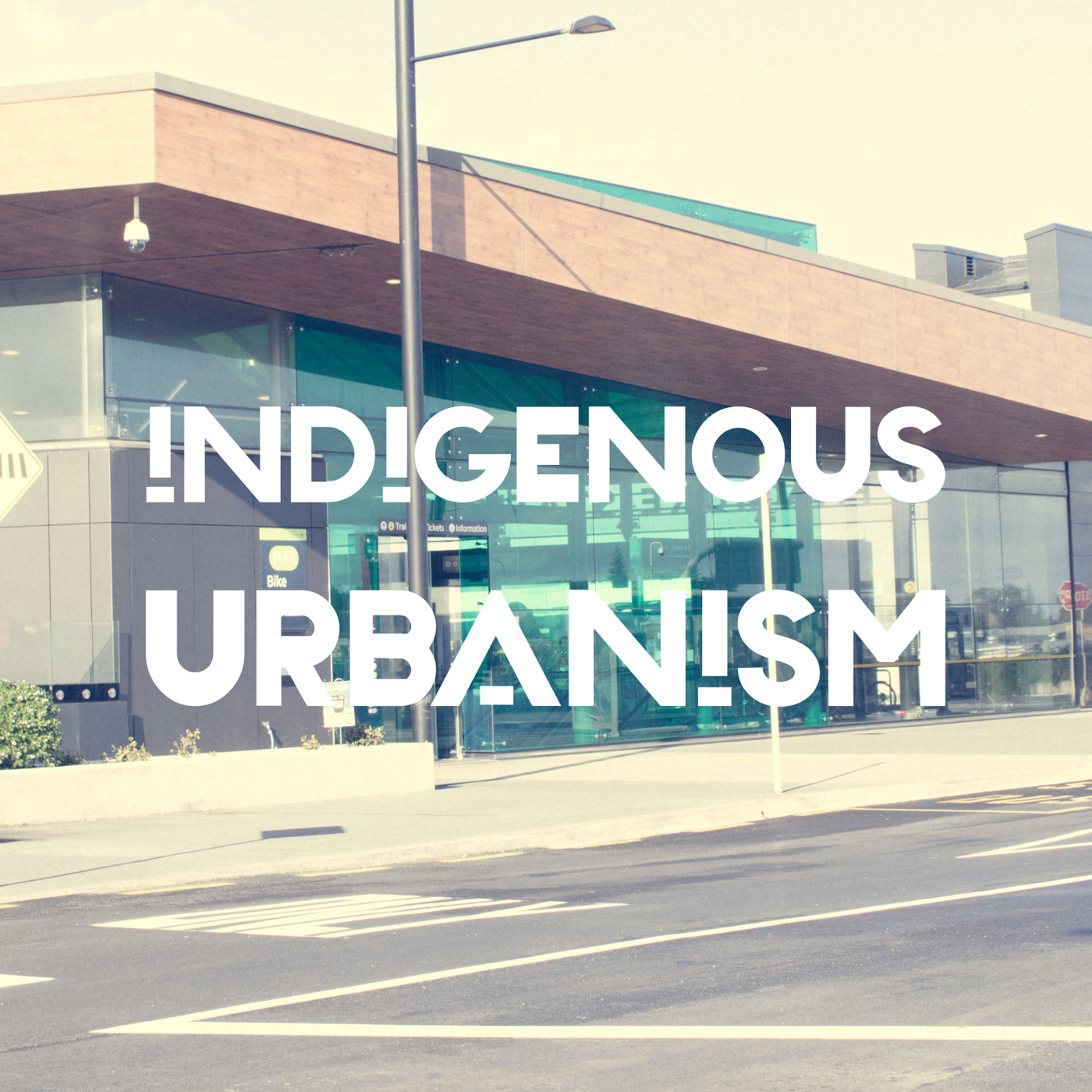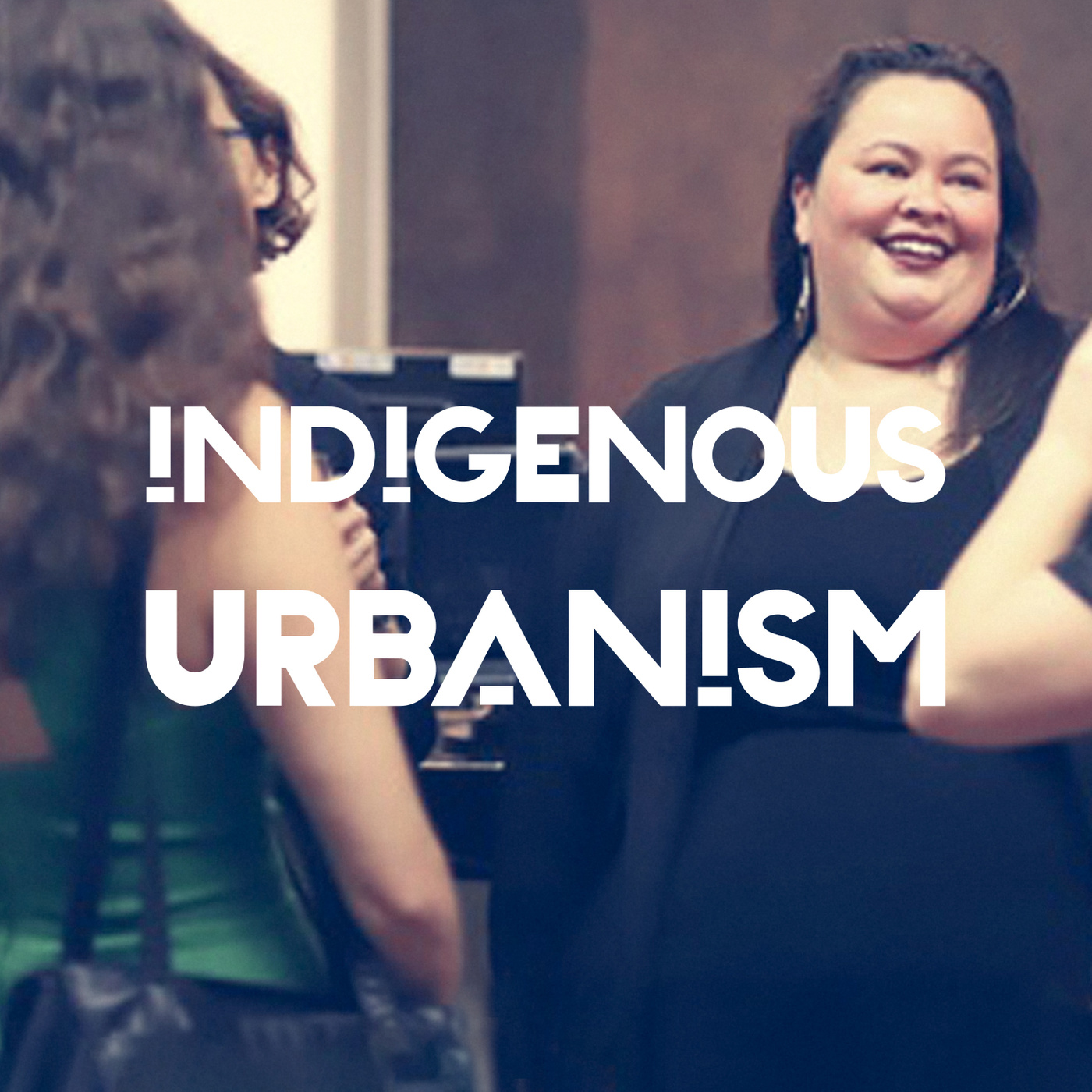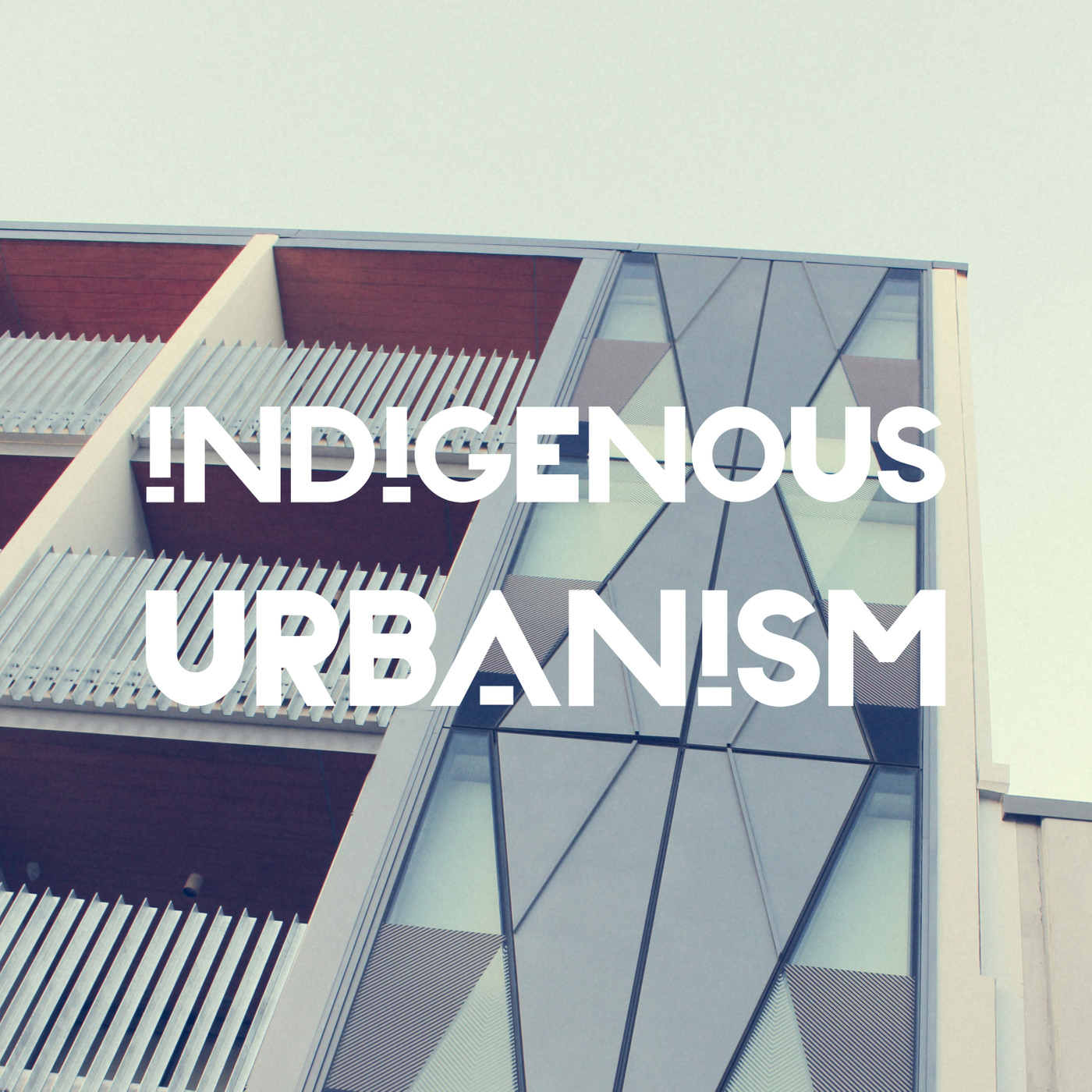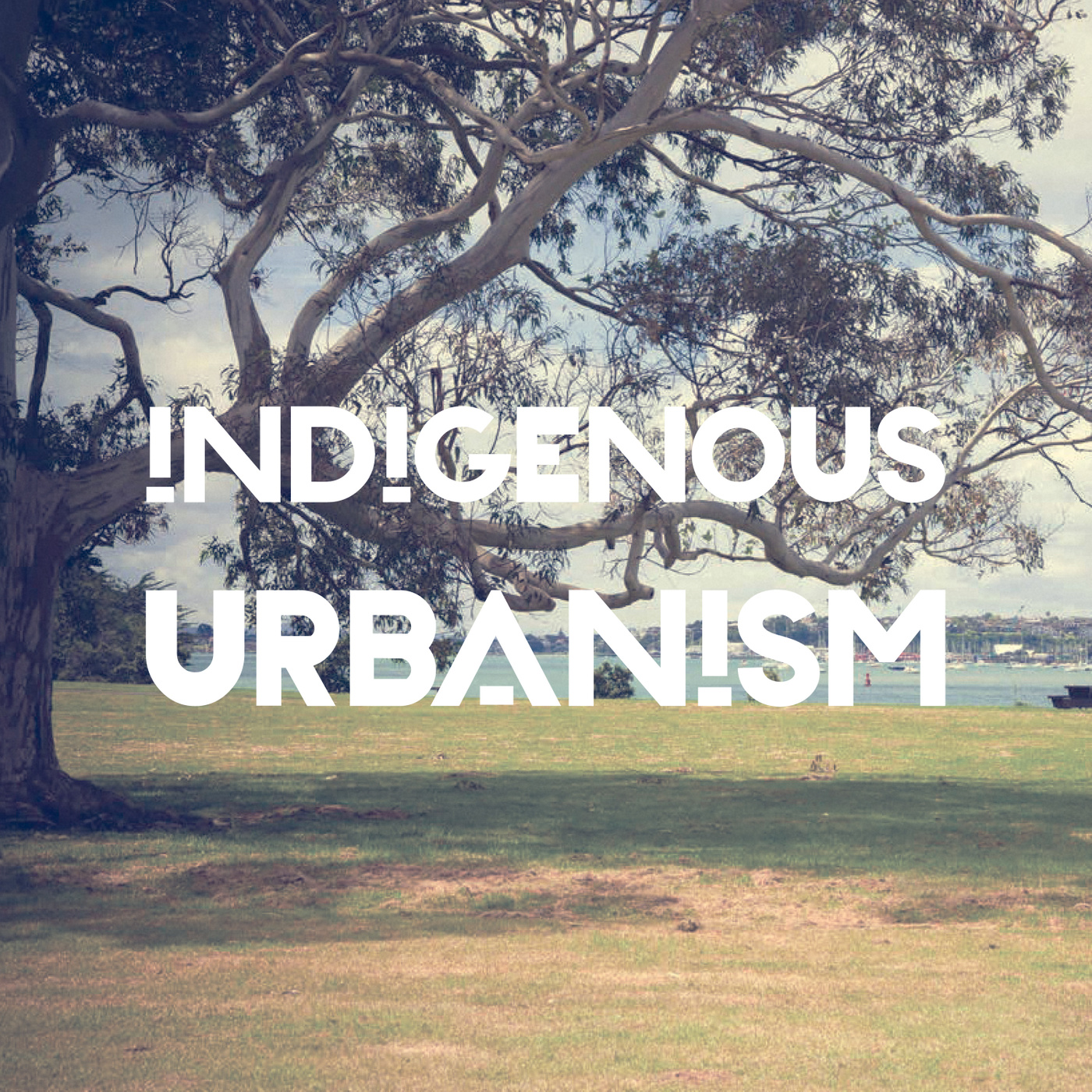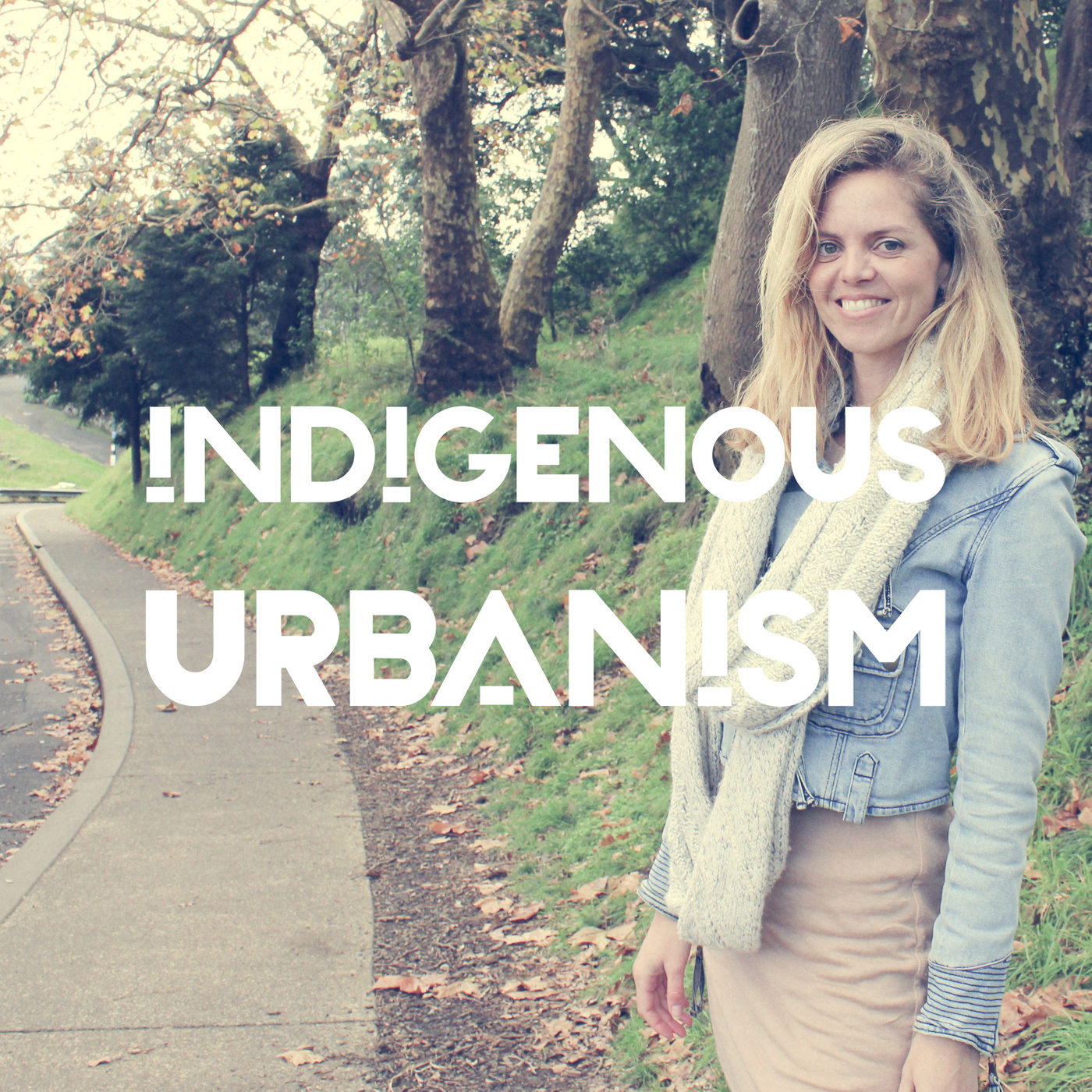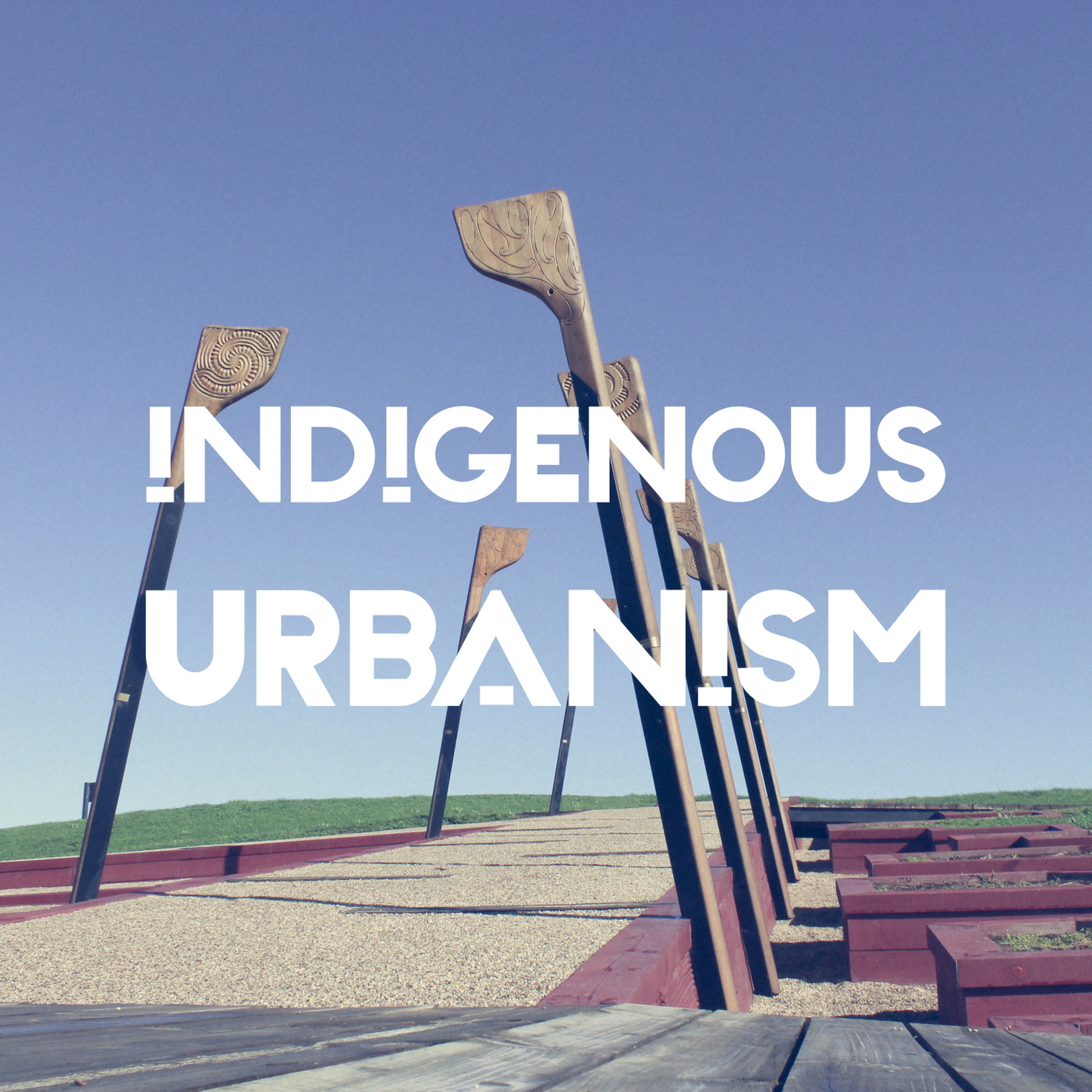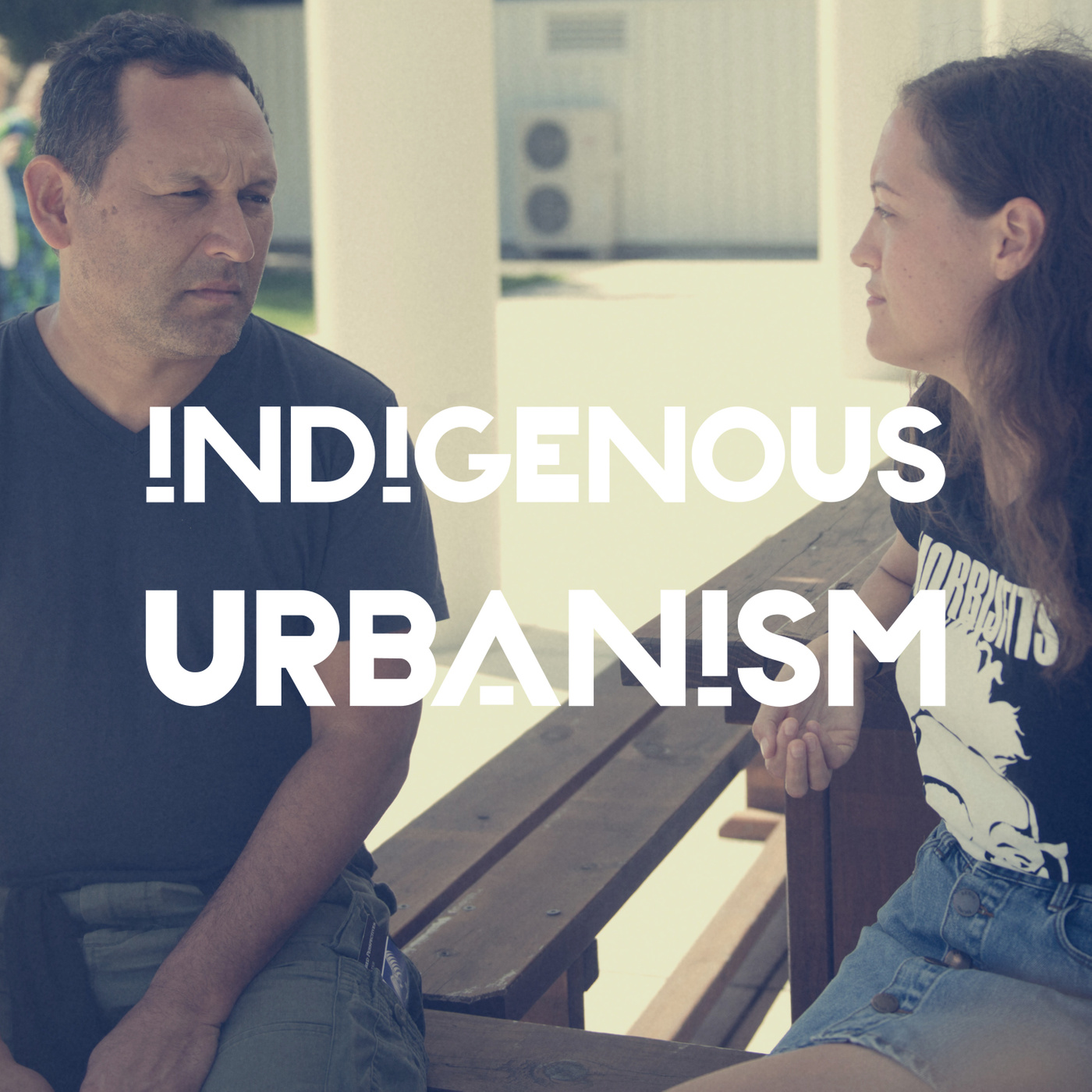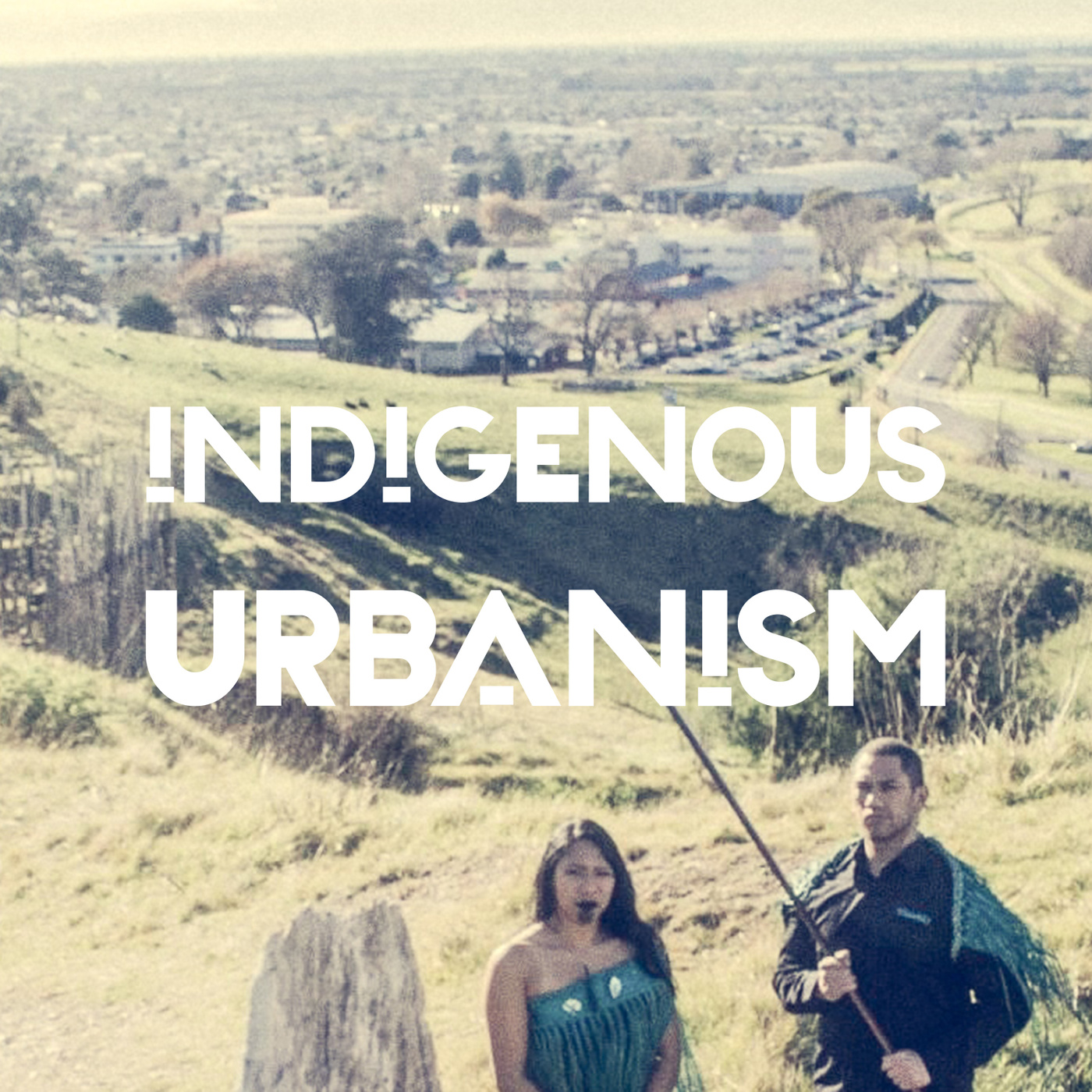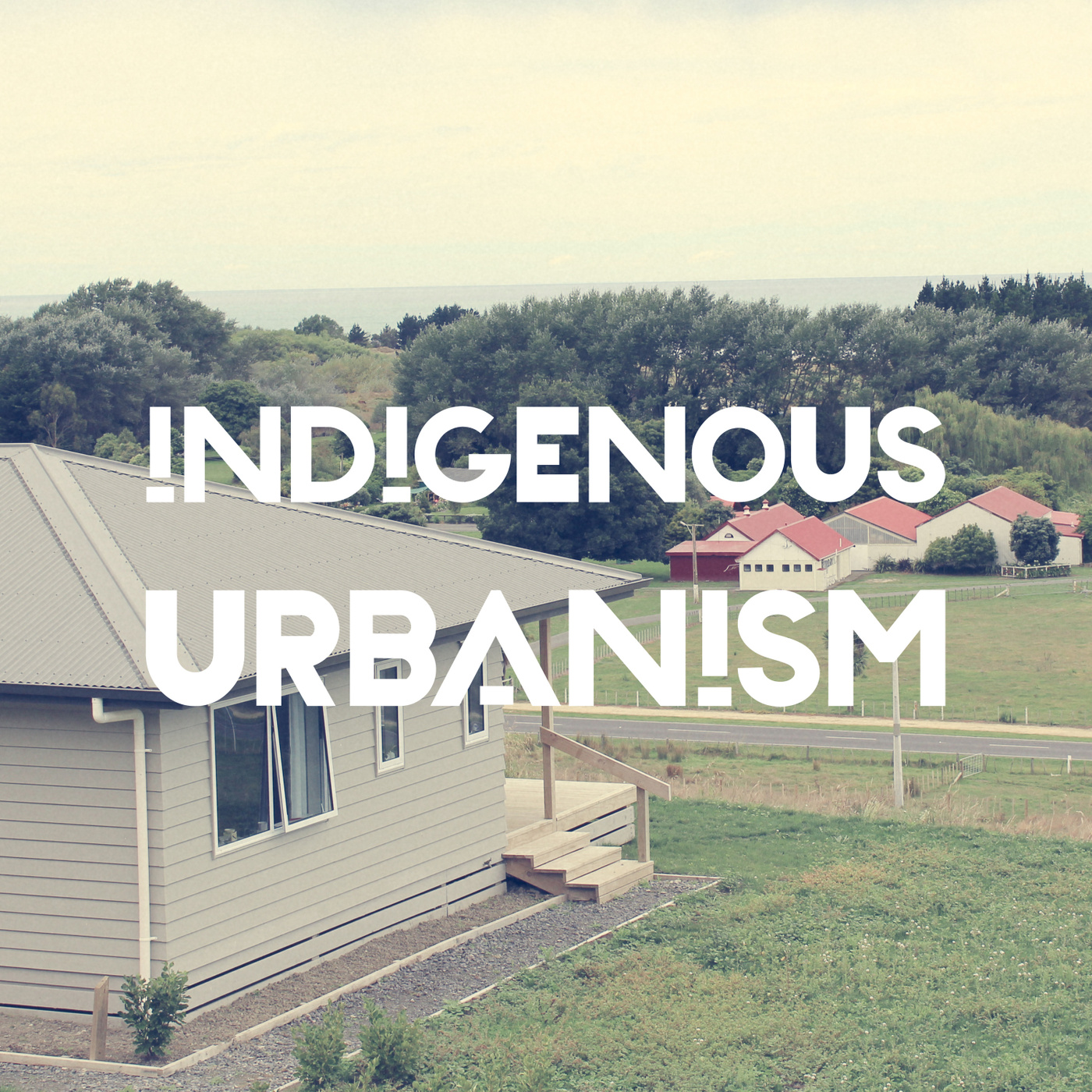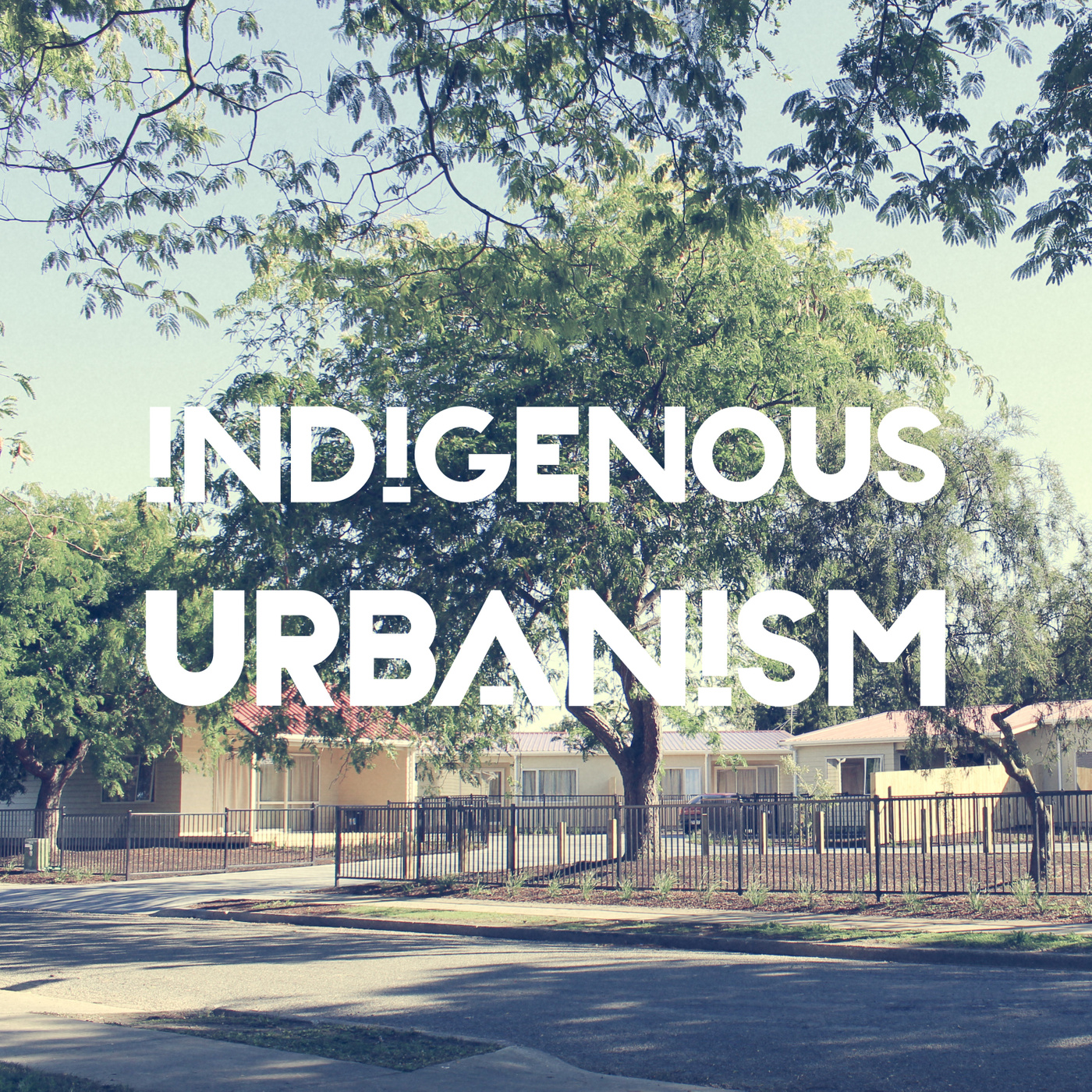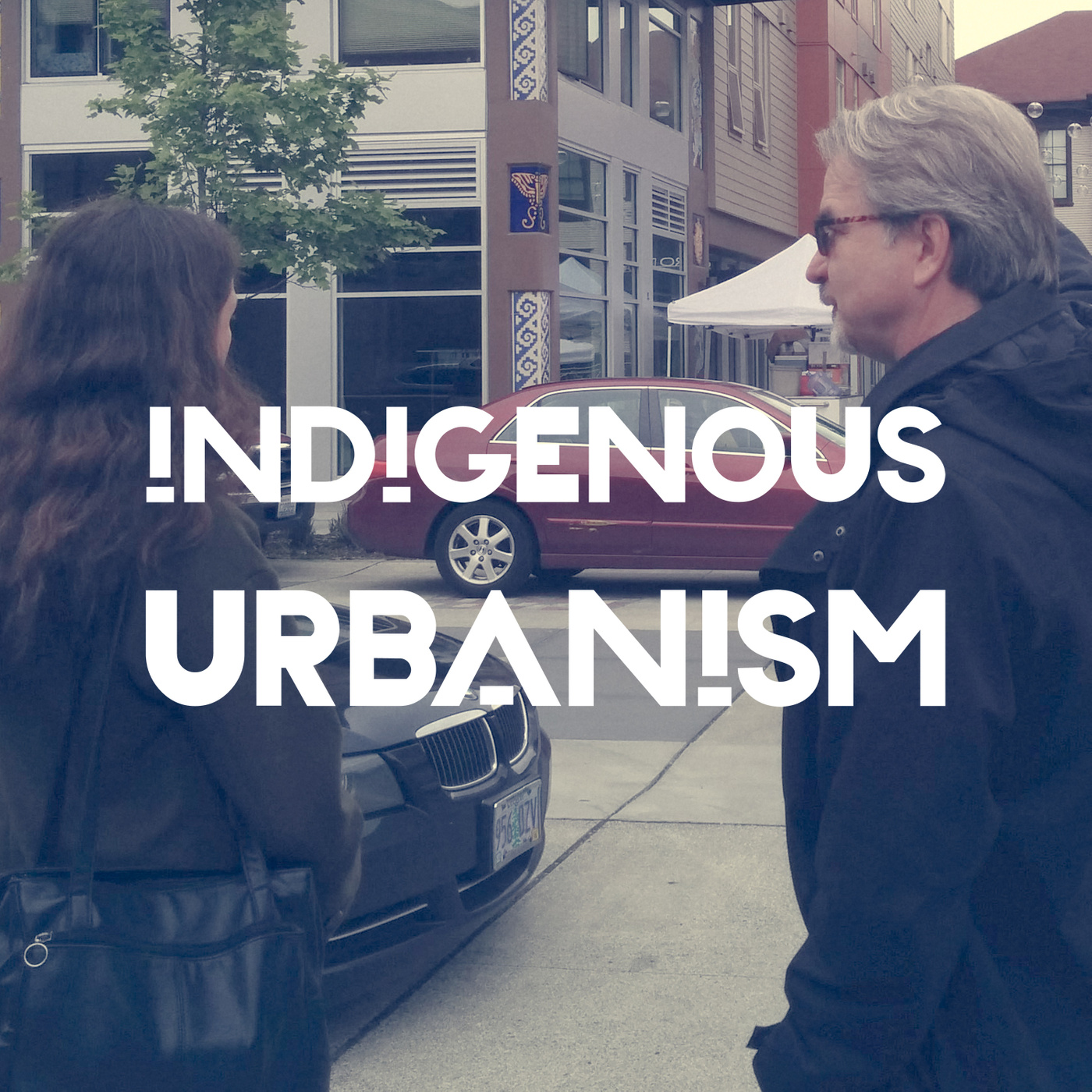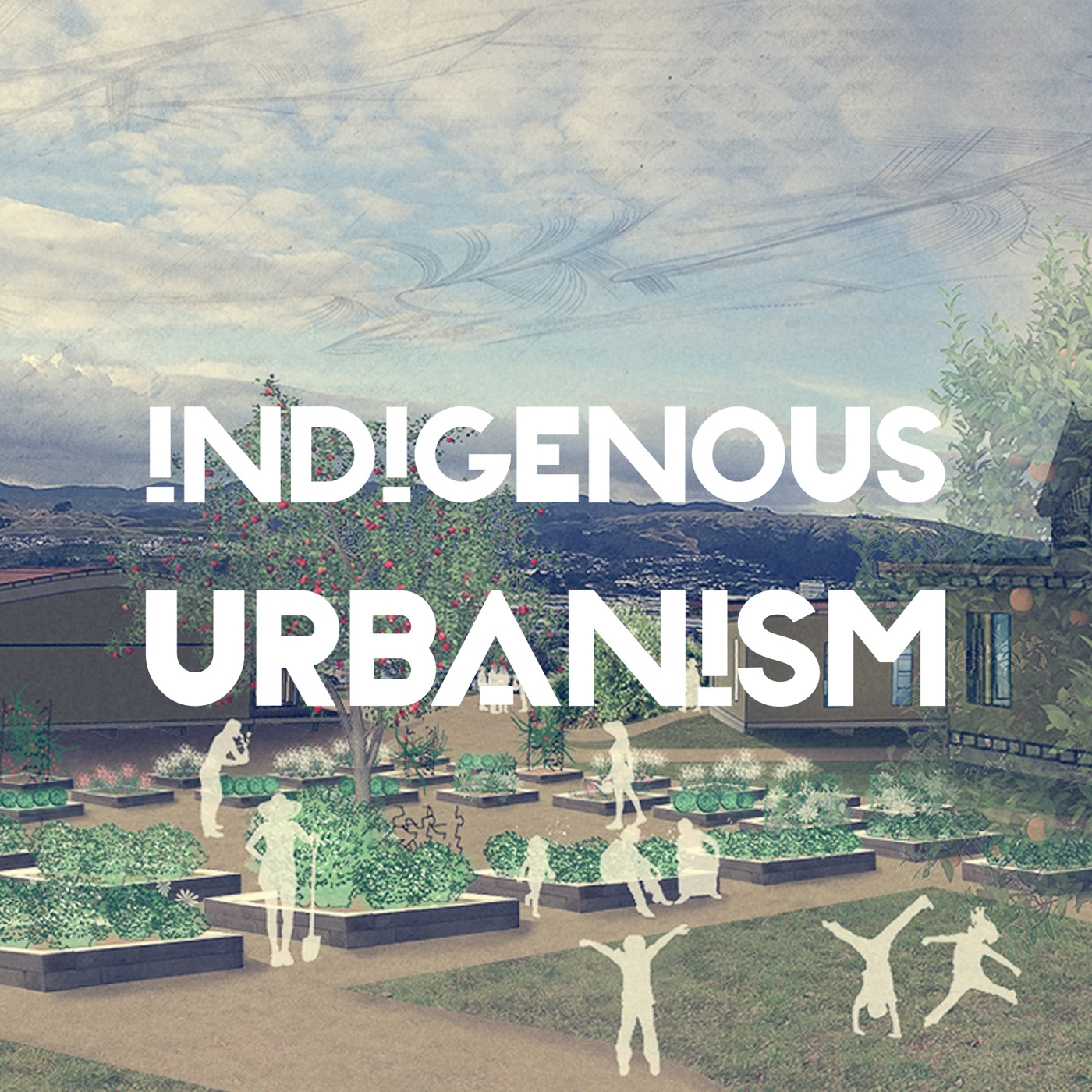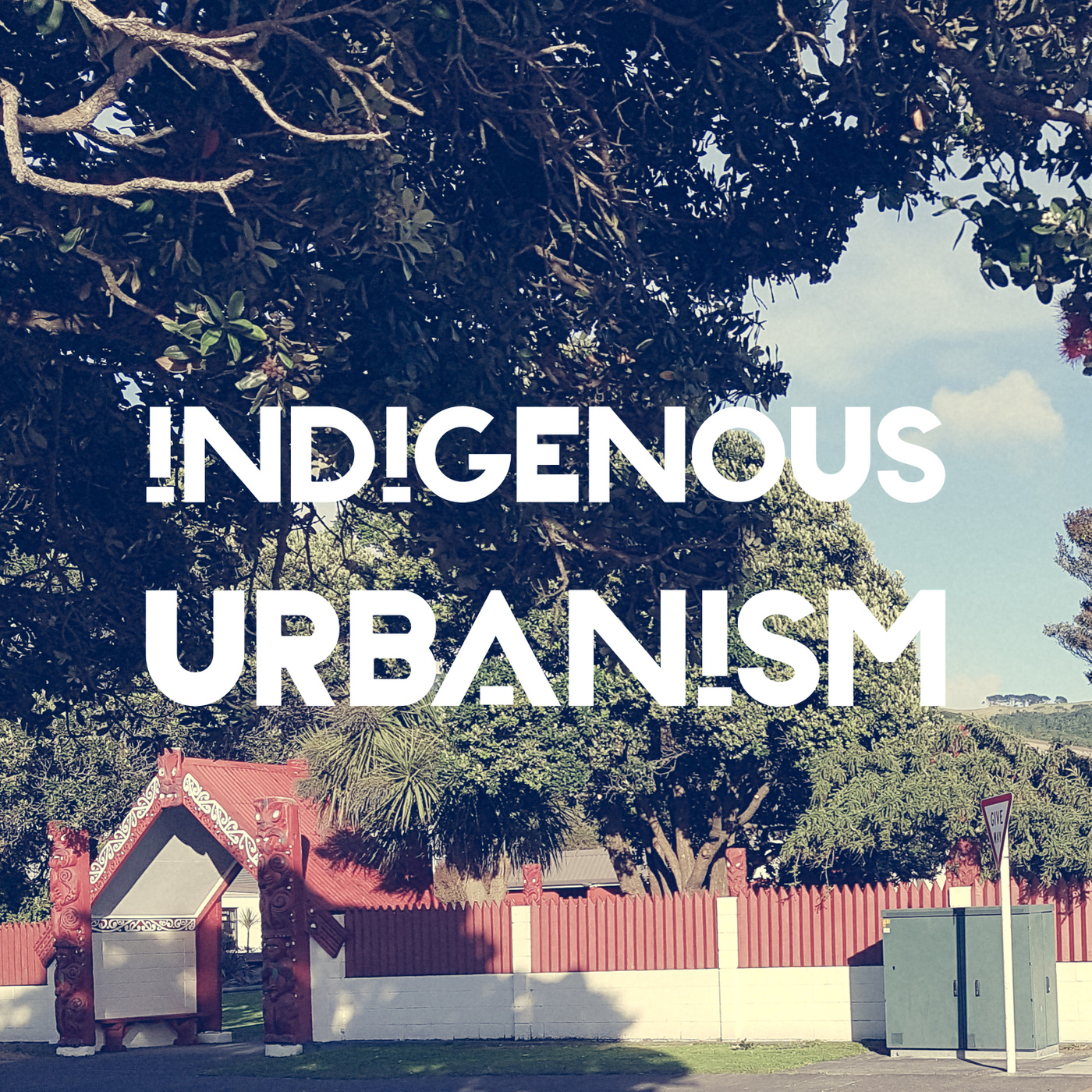Ngāruawāhia Papakāinga
Description
EPISODE SUMMARY: On this episode of Indigenous Urbanism we visit the Ranga-Bidois whānau of Waikato-Tainui, who have bought back their ancestral land in Ngāruawāhia and have worked together as a whānau to re-establish papakāinga.
GUESTS: Trevor Ranga, Poppy Ranga
FULL TRANSCRIPT:
Jade Kake: Ngāruawāhia. Heart of the Waikato, and home of the Kīngitanga. Today, Waikato-Tainui is known as one of the most prosperous iwi in the country, but it hasn’t always been this way. The raupatu or confiscation of millions of acres of tribal territory during the land wars of the 1860s, saw the tribe become almost landless in their own rohe.
Trevor Ranga: For us, being raupatu land, it’s about us gaining back what was lost, so the whenua, and everything that comes with the whenua, all the learnings, all the skills that were developing to help our family to become leaders in this field.
Poppy Ranga: Papakāinga for me is about us looking after each other so that we can look after others, and also it's about tuku iho. So, this land found us as far as I'm concerned. So we're now looking after it so that it can find others too. And whether that means in the material world or whatever world, you know, doesn't mean to say that, but it's about us trying to look after ourselves so that we can look after, and to me papakāinga has been whānau ora. For us looking after ourselves, looking after our family. We definitely believe in that kaupapa, whānau ora.
JK: Tēnā koutou katoa
Nau mai haere mai ki te Indigenous Urbanism, Aotearoa Edition, Episode eleven.
I’m your host Jade Kake and this is Indigenous Urbanism, stories about the spaces we inhabit, and the community drivers and practitioners who are shaping those environments and decolonising through design.
On this episode of Indigenous Urbanism, we visit the Ranga-Bidois whānau nō Tainui, who bought back their ancestral land in Ngāruawāhia and have worked together as a whānau to re-establish papakāinga.
We spoke with mother and son whānau project team, Trevor and Poppy Ranga.
TR: Yeah we were like a team, she took care of the social behaviours, and I took care of the technical aspects.
Nazarene Mihaere nō Tūwharetoa raua ko Tainui is our special reporter for this story.
TR: Kia ora. Ko Trevor tāku ingoa. Nō Kawhia Moana ahau. E noho ana ki Ngāruawāhia. So, in 2007 we had dreams to come together and work together as a whānau to stop the fragmentation that was happening in terms of our whānau structure, whānau ora. We were on our own individual ventures, trying to pretty much establish ourselves in the mainstream. And there were a couple of incidents or issues that arose when we went to go and purchase our own homes. And it just wasn't panning out for us. At the time there were so many barriers in the way, that we needed to look at how we were trying to achieve those home ownership goals. So we were gifted this whenua - well we say it's gifted, because we were up against so many other people, including the developers. But the ex-homeowner's really liked us and our vision, and what we wanted to bring here was all about families and communities. Yeah, so that was pretty much what dot us here. We ended up going through a pilgrimage, and looking at the possibilities on how we manage to obtain it, and when we did some background and some whakapapa mahi, we found out that our tūpuna had mana whenua over the land here. And how we found out is by that hill over there, there was a pā site up on the hill there, and it was called Puke Ahua, and so that's where one of our tūpuna had settled. And that’s where the name Ngāruawāhia came from, that hill.
Nazarene Mihaere: You’ve mentioned that we’re standing on a papakāinga. Do you want to explain to those of us who don't know what a papakāinga is, what a papakāinga is?
TR: Yeah, there's lots of understandings around papakāinga, but for us it's about whanaungatanga, it's about connecting as a whānau again, re-establishing some tikanga, some new ways of coping really, in the ever changing world that's happening. Things are moving so fast we tend to get caught up in the grind of everyday life. So with us being here together we can keep each other grounded, build relationships, and also have our own space, while we're here. And also for us, papakāinga is about papa, which is the foundation, and building that foundation and then the kāinga is like the kai, and how we eat it. This is my own interpretation. So it's about looking after our resources, and how does that look. Well, you've got to look at how you use it, how you grow it, nurture it, manaaki it. So yeah, that's what papakāinga is for us.
NM: Now that we’re walking down the papakāinga, how did you guys get your street name, Ania Way?
TR: Yeah, it wasn't actually a long journey to get there. It was a bit of common sense I suppose.
Poppy Ranga: It was, because we originally were told, go and get the Māori name, the history and that and find a name for that. So, we were told to go to the King and ask for him to give a name. But the long journey to get to the King during his period of illness. So that's what I talk about, long. But then commonsense happened through all that, through all those learnings. And when I say common sense, I thought it was quite witty actually.
TR: Yeah, so the name comes from pretty much, it was actually three influential women that helped to make this happen, this papakāinga. It was my wife, Pania Ranga, and my sister Tania Bidois, and our lawyer Mania Hope. So they had a bit of a similarity happening with their names, so we just dropped their front letters and made it Ania Way. So, yeah, that’s how we came up with the name Ania Way. Yeah so we were quite lucky in how we ended up with this right of way, we had a few engineering hiccups, it's around traffic movement and safety for the kids. So how we got around it is by creating driveways or areas on the - as you can see, you can manoeuvre on there so you can reverse, not reversing out onto the right of way. As you know, a lot of kids get run over by reversing vehicles, so we did turning bays on our section, same over here.
PR: We try not to park on our street if we can, so that it's safe.
Who lives where
NM: As we walk, did you want to give us a description on who lives in what property, and what's it like living with your whānau on a papakāinga, and whether or not you guys have those pot luck dinners, and that kind of thing. Do you guys have specific whānau events? Just that kind of stuff.
TR: Yeah so in the cottage here we've got mum's sister, my aunty. She's what, you're third youngest sister?
PR: She's number four in the family of 12. She's got a granddaughter there with her, living with her. It's a two bedroom cottage. Originally that's where I was, but it's more fitting that they stay there. She was living down there. So really awesome, one of the concepts of our papakāinga is, like we say, look after our own. And so my children and their partners have decided that there's a space for my sister and her moko, and that's what we're about. I think she's been in the most wonderful place for a long, long time.
NM: So we know that to our right there's a hundred year old villa. Was that dwelling that your aunty lives in built around the same time?
TR: No, that was built in the 1990s as an auxiliary flat to the main.
NM: Oh, as the auxiliary.
TR: So this used to be a driveway where we're walking down to, used to turn into the shed here. But we just carried it on. Just cause it was down the middle of our -
PR: Used to be stables here before.
TR: Yeah, used to be a horse track, race track, around here.
PR: So this is an auxiliary to that there, so that's 20 and that 20a. And that's 20b.
NM: So 20b is when you started the new development for the dwellings.
TR: Yeah, that's right. Yeah so these two homes are now one title, the cottage and 20b. So we took that off this site and put it on that site.
PR: It's just the way you could get that whare there. One of the Council things.
TR: Yeah so the ruling is around how many dwellings you can have on one title. We managed to keep that on the title. Just because of the size of the lot that we're able to achieve that.
NM: What was the size?
TR: So nothing less than 900 square metres, you can have two dwellings of those sizes. Yeah, so it was about maximising the land, but not being detrimental to how we live. We need our space and to grow. Yeah, so to the right is the original home here, the homestead. We've got a whānau here, that whakapapa back to Kawhia. And then my mum stays in number 2 Ania Way. That's a four bedroom home. And then my sister over here in 20b, with her husband and her daughter.
NM: Is that a four bedroom as well?
TR: Yeah, that's a four bedroom.
PR: The intention is to have more children.
TR: Yeah, so we've designed the homes on how we would want them. Not to how our funders would want them. Yeah, so this is number 1 Ania Way, this is my whare, me and my wife and my four kids. That’s a five bedroom.
NM: Okay, and whose lovely house are we standing in front of now?
TR: So this is number 6 Ania Way. This is my mother-in-law, my sister-in-law, my nephew, and another nephew and another niece. So we've left a spot there for a building that we're not quite sure what's going, a multifunctional building where the caravan is, we've left a space there. It might be a learning centre, might be a crossfit box gym, or whatever.
PR: Hauora, yeah.
NM: What was the typical process that you and your whānau went through when actually securing the land and then building?
TR: We did a lot of Rangahau, looking at Council records, doing all the LIM reports, zonin

